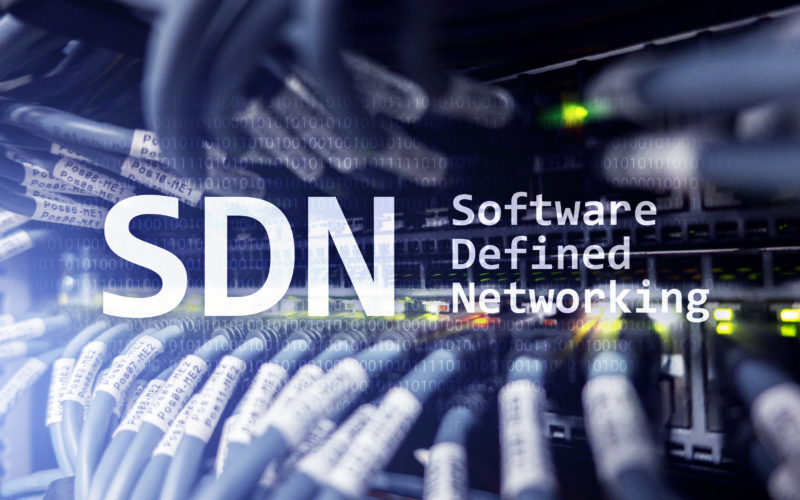Software-defined networking (SDN) has many benefits, but the right questions must be answered before embarking on an SDN journey…
With businesses across sectors increasingly turning to software-defined networking (SDN) to boost network performance and efficiencies, decision-makers must understand what the transition requires. Moreover, there are key questions that need to be explored upfront with potential SDN vendors and service providers. Without doubt, starting your SDN journey has major benefits, chief among them being vastly improved scalability, increased control, and agility. Today, SDN can provide the flexibility that can accommodate dynamic network environments that are ever-changing and complex.
So how does it work?
SDN is an approach that aggregates both the hardware and virtual aspects of your local area network (LAN), and thus provides a high-level and broad view of the network as a whole. On the contrary, hardware-based networks often require additional (and sometimes third party) software applications to monitor and report on traffic and alerts. With successful migration to SDN solutions, however, visibility and control is centralised and always available. Arguably, the elements of increased visibility and greater control are becoming imperative for businesses in today’s fast-paced and digitally driven ecosystem.
But given that there are significant cost implications, how does a business know when SDN is truly the right solution?
To begin with, if your organisation’s goal or outcome is cost savings alone, then SDN is probably not the right approach (at least not at this point). While SDN provides greater flexibility and control of an internal / LAN network, it typically comes at a higher cost than legacy infrastructure. Over the long term, however, the intention is to provide new network efficiencies that eventually outweigh the initial costs.
Once the cost implication has been understood and factored in, the next major step is working with the right SDN vendor. As mentioned above, SDN is becoming a strategic move for businesses that are growing quickly and pushing digital boundaries. With that in mind, a professional vendor will consider the key business requirements and provide relevant recommendations. Naturally, business leaders should ask the standard questions when taking on any new IT vendor, including how much experience do they have; can they support the solution; as well as reference sites and case studies. Importantly, business leaders must tackle the potential limitations or downsides of the technology with the potential vendor – as there are always limitations attached to every technology solution.
Given that mobile and wireless networks are key features in many existing IT setups, it’s important to understand how SDN fits into these equations. Here, the internal mediums that connect to SDN platforms are a consideration but are manageable within an SDN framework. Mobile and wireless WAN infrastructure are more related to SDN’s external equivalent of SD-WAN, which makes a fundamental improvement to how various connectivity mediums are managed – including wireless, fibre and mobile. Notably, the ability on SD-WAN to control data packets across the best mediums of connectivity (according to latency, importance, and priority) is transformative in the SD-WAN space.
For businesses that are growing quickly and becoming more reliant on digital systems and processes, SDN is becoming an increasingly attractive technology solution. There are never any silver bullets, however, and decision-makers have to carefully consider the long-term implications.


